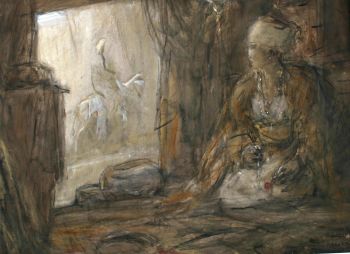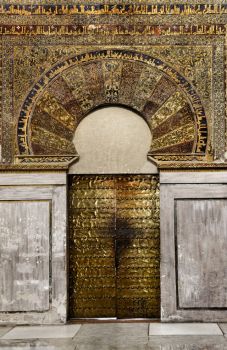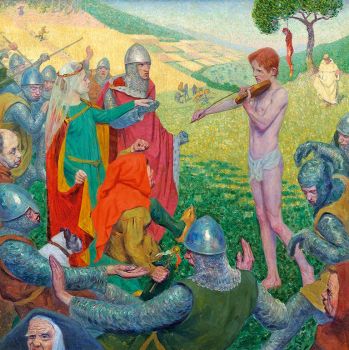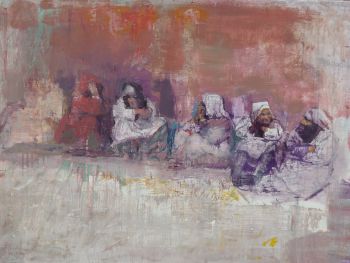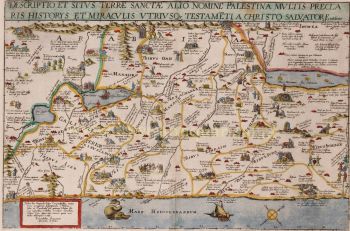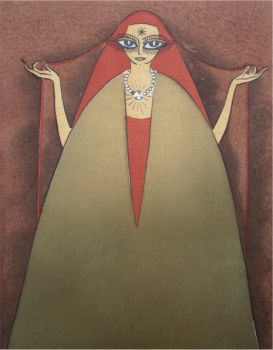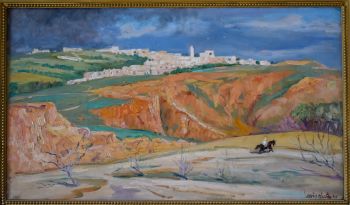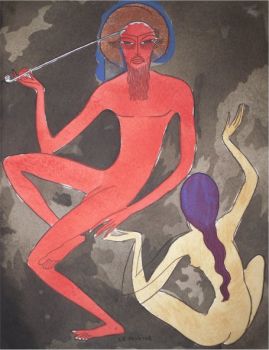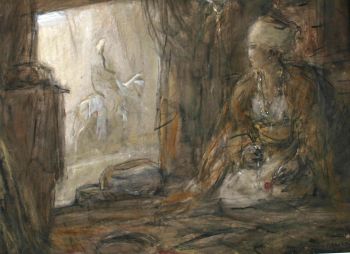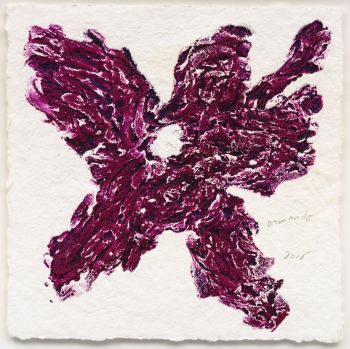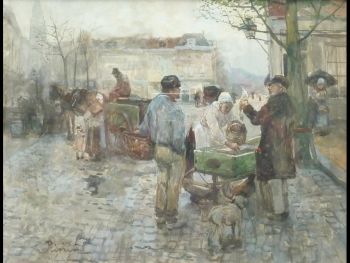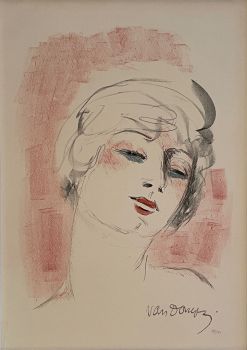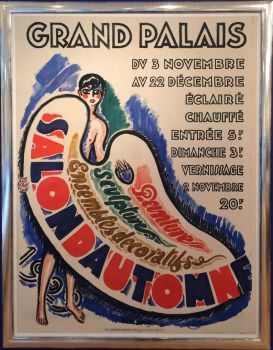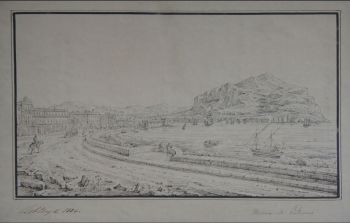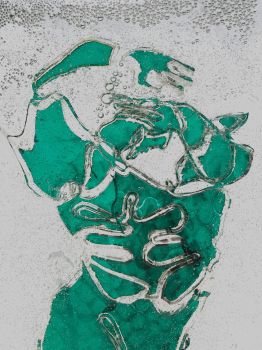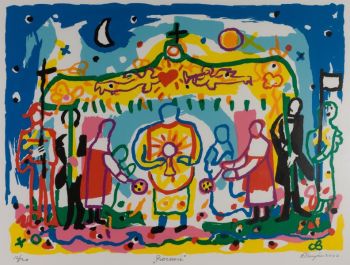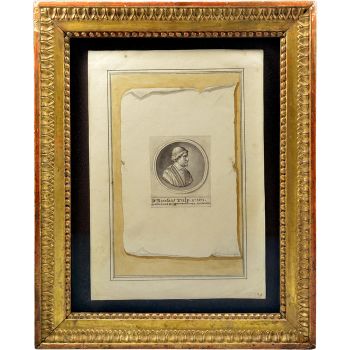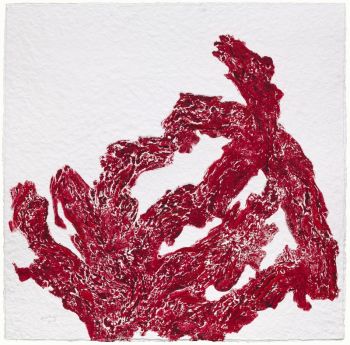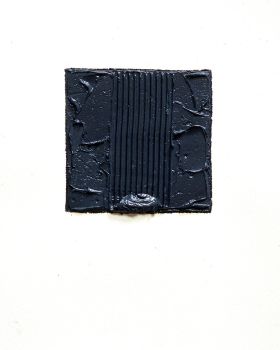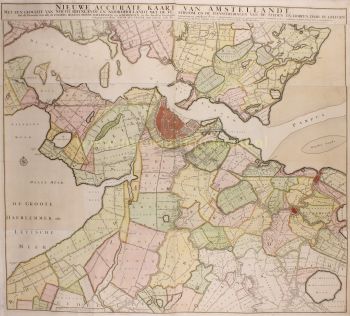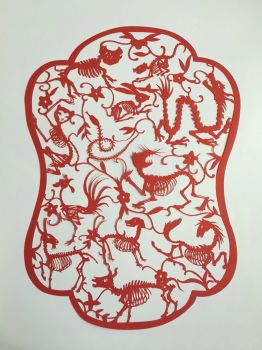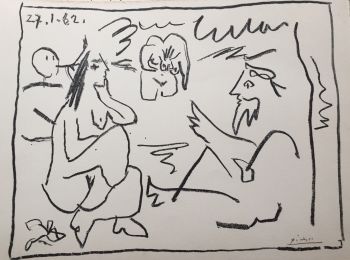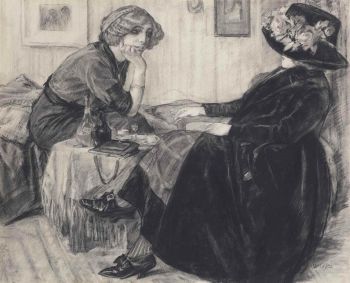First combined edition of Symmachus's letters together with Mehmed II's fictitious letters 19
Quintus Aurelius Symmachus
Paper
Currently unavailable via Gallerease
- About the artworkEpistolae familiares.
Including: ZACCHIA, Laudivius. … in epistolas Turci magni traductio.
(Colophon: Strassburg, Johann Schott for Georg Übelin, 8 August 1510). 4to. 19th-century half calf, tiger marbled sides, tiger marbled paste-downs (rebacked, with original backstrip laid down).
First dated edition of Epistolae familiares containing 343 letters by the Roman statesman and orator Quintus Aurelius Symmachus (ca. 345-402), addressed to a wide circle of relations, friends, and acquaintances and all written in a refined style. Although many of them are only short notes, together they provide a fascinating window into the late Roman senatorial aristocracy. The priority of the editions is uncertain, but what is often considered the first was published in Venice between 1503 and 1513.
The main text is followed by a spurious collection of letters from and to the Ottoman Sultan Mehmed II (1432-1481), but actually written by the humanist Laudivius Zacchia. "The so-called Epistolae magni Turci begin with a letter from Mehmed … to Zancassanus, 'King of Persia'. As in the rest of the collection, the exchange follows a set pattern: angry, menacing boasts from the sultan, followed by a reply from the threatened party, which parries the worst of the bluster and thus rhetorically disarms the Turk" (Meserve). The book, first published in 1473, was a success and reprinted numerous times well into the 17th-century, undoubtedly because many Europeans feared the advancing Ottoman Empire (the Battle of Mohács was to give the Ottomans a decisive victory in Hungray in 1526).
The present edition is the first combined edition of the two works. Another edition including both works was published only two months later by another Strassburg publisher Johann Grüninger on 9 October 1510. A line for line reprint of the present edition was published in 1511.
With some underscoring and a few annotations in the margins. Paper slightly browned with a few occasional spots. Binding rebacked. Good copy.
Brunet V, col. 612; Graesse VI, p. 538; VD 16, S10390 (8 copies); cf. Meserve, Empires of Islam in Renaissance historical thought (2009), p. 228; not in Adams. - About the artistQuintus Aurelius Symmachus (c. 345 – 402) was educated in Gaul. He was a very eloquent aristocrat Roman statesman. Symmachus was proconsul (governor) of Africa in 373, urban prefect of Rome in 384 and 385, and consul in 391. He unsuccessfully sought to preserve the traditional religion of Rome. He was rebutted by Ambrose, bishop of Milan, in the famous Victoria-altar question. (A number of senators wanted the altar of the goddess Victoria - removed by Emperor Gratian - back in the senate). Many of his writing have survived: nine books of letters, a collection of Relationes (official dispatches), three panegyrics (eulogies). Symmachus also engaged the publication of Livy’s historical work Ab urbe condita (From the founding of the city), books I-X.
Artwork details
Category
Subject
Material & Technique
Related artworks
Tilmanus Nicolaus Maastricht
Missale Romanum with Dutch silver mounts1788 - 1792
Price on requestJacob J. Roosjen SRI
Engelbert Kaempfer
ENGELBERT KAEMPFER BOOK1651 - 1716
Price on requestZebregs & Röell - Fine Art - Antiques
Antonie Derkinderen
Memory book Exhibition of Dutch Painting1892
Price on requestKunsthandel Pygmalion
Hermann Nitsch
"UNDER MY SKIN" Signed book incl. small artwork and DVD in a matching box2010 - 2014
Price on requestGallerease Selected
Yoko Ono
YOKO ONO: "ARISING" SIGNED BOOK PLUS SMALL ARTWORK 2010 - 2014
Price on requestGallerease Selected
Antonie Derkinderen
Memory book Exhibition of Dutch Painting1892
Price on requestKunsthandel Pygmalion
Tilmanus Nicolaus Maastricht
Missale Romanum with Dutch silver mounts1788 - 1792
Price on requestJacob J. Roosjen SRI
1 - 4 / 22Elisabeth Treskow
Afghan lapis lazuli inlaid with gold on a silver stand1950 - 1960
Price on requestJacob J. Roosjen SRI
Unknown artist
IMPORTANT AND RARE LARGE INDIAN 'COMPANY STYLE' PAINTING ON IVORY DEPICTING A PARADE1850 - 1900
Price on requestZebregs & Röell - Fine Art - Antiques
 Curated by
Curated byDanny Bree
1 - 4 / 24- 1 - 4 / 24
























